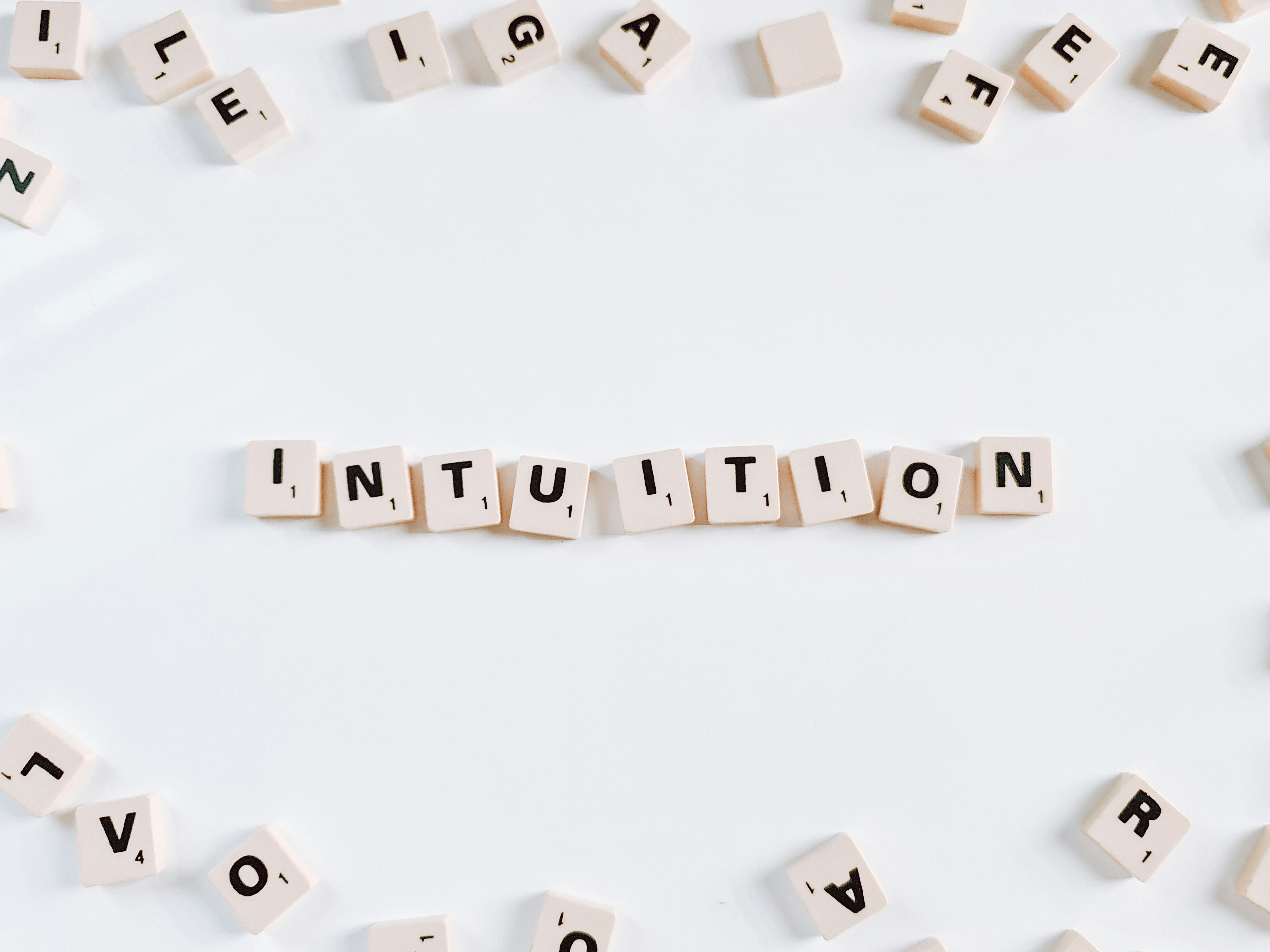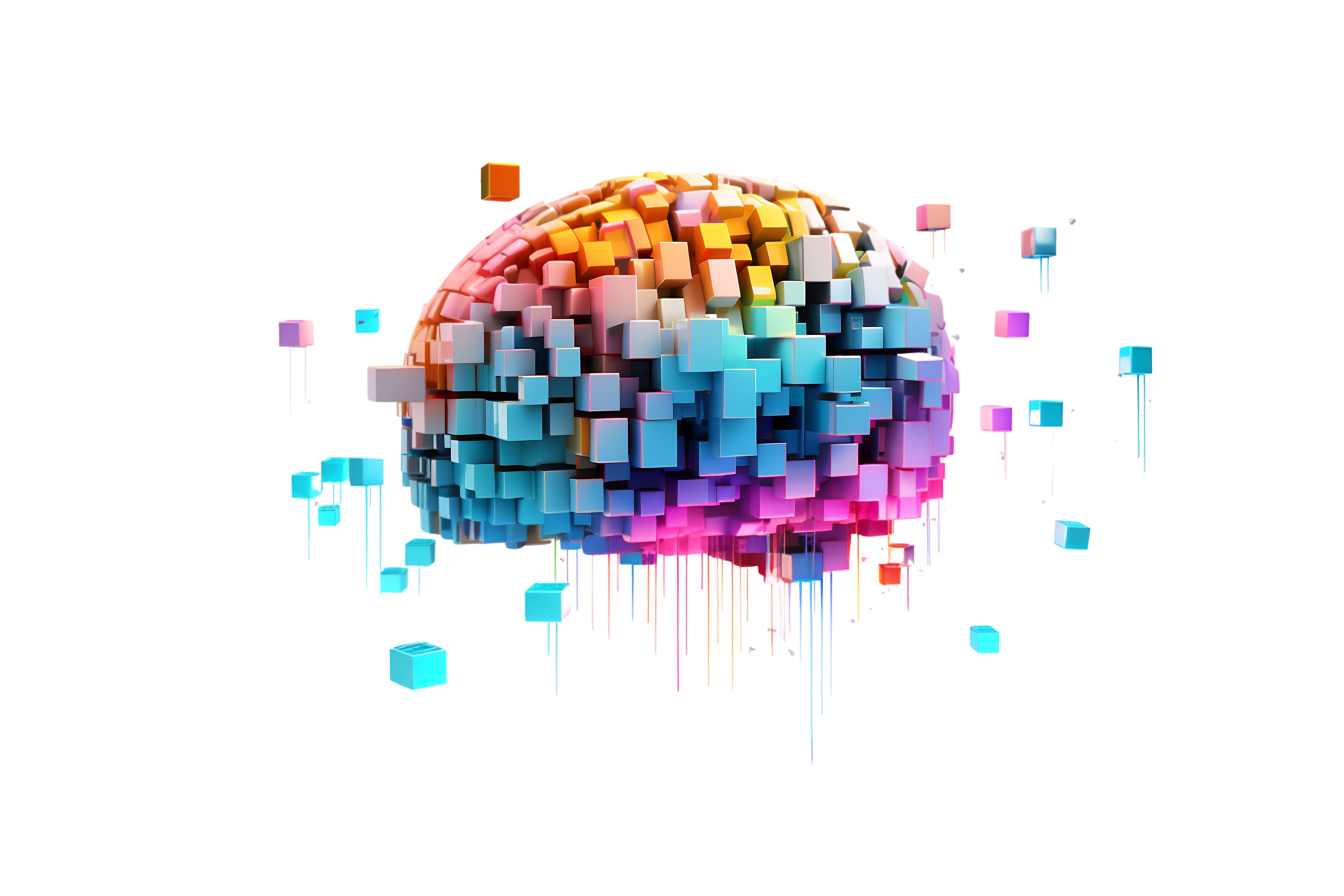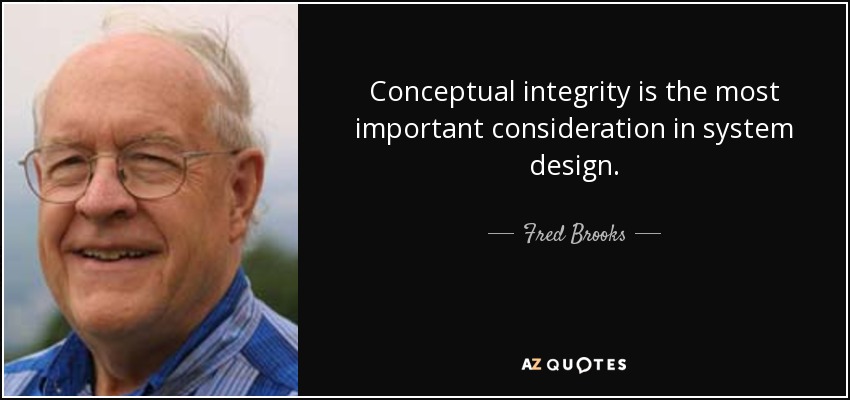· Metacognition · 9 min read
Learning to Respond - Intuition
Intuition, a critical systems skill, is listening to your experienced unconscious.

Don’t let the noise of other’s opinions drown out your own inner voice. And most important, have the courage to follow your heart and intuition. ― Steve Jobs
This series:
In this series, we’ve taken a journey from noticing our reactions to challenges toward crafting a sound response. Before we begin building a response, we’ll take the often-needed leap: intuition.
“A scientist works largely by intuition. Given enough experience, a scientist examining a problem can leap to an intuition as to what the solution ‘should look like.’ … Science is ultimately based on insight, not logic.”— Guy Consolmagno, astronomer and physicist
Intuition, as I’ll describe it here, means listening to our experienced unconscious. When I use the word, I don’t mean prognostication, picking the winning horse or knowing when the phone will ring. I mean what we “know”, think or suspect about something we know from experience. I mean insight that doesn’t arise strictly from our logical reasoning.
We use intuition in small ways, like when we navigate social situations. We use it in big ways, like when we discover a system’s leverage point, identifying a small change that will have a big impact.
Intuition is a nudge, a hunch, an urge, an intriguing idea that pops into your mind, a feeling of “rightness” you can’t yet justify, a thought you follow down the rabbit hole to see where it goes, an insight, a metaphor that opens an unexplored mental landscape in your mind.
Expert intuition strikes us as magical, but it is not. Indeed, each of us performs feats of intuitive expertise many times each day. Most of us are pitch-perfect in detecting anger in the first word of a telephone call, recognize as we enter a room that we were the subject of the conversation, and quickly react to subtle signs that the driver of the car in the next lane is dangerous. Our everyday intuitive abilities are no less marvelous than the striking insights of an experienced firefighter or physician—only more common. The psychology of accurate intuition involves no magic.– Dan Kahneman, Nobel Laureate, Thinking, Fast and Slow
Intuition is listening to your inner voice. In our daily lives, we are constantly consuming information that is socially engineered to manipulate us. The more we consume, the more we are drawn, like moths to a flame, away from ourselves as a source of information. We struggle to hear what we think, feel and experience. Developing intuition requires being still and quiet, taking time to sense and listen, “tapping into” what’s going on inside.
A common phrase used to describe intuition is “listening to your gut”. I’m not a fan of that phrase. My “gut” is overreactive to fear and therefore not a reliable advisor. I do experience insight as sensations in the body but these sensations can arise from any body part. I also experience intuition as anxiety or urgency, a feeling of lightness, a “gotcha” experience, a headache or a relentlessly distracting emotion.
“Intuition will tell the thinking mind where to look next.”– Jonas Salk, medical researcher
We can make strictly analytical decisions. We can make fully intuitive decisions. The ideal approach, when it comes to technology systems, is to integrate both. Choice making is, ideally, framed by structured logic but it is not limited by the boundaries of logic.
When we are making simple choices, like whether to order a Latte or Flat White, we don’t need intuition. (Though, it can’t hurt to use it.) As complexity increases, so does our need to make intuitive leaps in order to understand it. The outcome of deciding, for example, the next step in our career involves intuition. Whenever decisions require prioritization based on our inner values, we are drawing, to some extent, on intuition.
When we face complex challenges, we rely on pattern matching, which is intuitive. Pattern awareness helps us navigate circumstances that are in flux and discover which causes trigger which effects. For example, identifying which past experiences have supported your career goals or which industry trends match your strengths. What systemic blockers have pushed you off track? Are there habits you can transform?
With pattern thinking, we identify what is the same, different, and similar in circumstances. We see how present experiences overlap with past experiences. We see potential. We dance between analytical reasoning and intuitive thought, endlessly creating a worldview.
Intuition helps us develop a vocabulary for things we are struggling to understand, terms that will later become commonplace. E=MC^2.
The true scientist is quite imaginative as well as rational, and sometimes leaps to solutions where reason can follow only slowly; if he does not, his science suffers.”— Isaac Asimov
Intuition is also a liar. We are led astray by it more often than not. Anyone who has ever suffered from addiction can attest to this … addictive urges feel like powerful, intuitive insights.
When we are in emotional pain, we reach deep into ourselves for an intuitive answer. “Why?!” We want meaning and resolution. Intuition can’t help us there. Lost in the storm of emotion, intuition will fail us. Just when we need it most.
When we are uncertain or anxious, we want intuition to guide us. We hope it will tell us which lottery numbers to play, whether or not a bad relationship will improve, which turn to take when we are lost in a new city. “What should I DO?” Intuition arises from experience, pattern matching, learning … it can not resolve future uncertainty when we have no experience to draw on. Those moments are simply blind leaps of faith that sometimes work out.
Your intuition can fail you when you have no experience to draw from, or you are drawing from the wrong experience that doesn’t fit the current situation.– J.D Meier
Systems are counterintuitive – the same intuitive skills that help us invent new solutions are the ones keeping us from inventing them in the first place. The way we think is architected into our systems. What we “know” about how things work is blinding us. New patterns and possibilities feel “wrong”.
Again and again, we employ the same patterns, expecting different results. Like estimating all the development work … then freaking out when the work is not delivered “on time”. We do more estimating, we hire more project managers, and we get the same result.
Leverage points are not intuitive. Or if they are, we intuitively use them backward, systematically worsening whatever problems we are trying to solve.– Donella Meadows, Thinking in Systems
More often than not, when we do only what “feels right”, we are making things worse. Estimates are prognostication, which means they are intuitively unreliable. We can use them as an estimate but improving delivery speed is a systemic change. A confluence of activities creates friction in the delivery process. Changes that might help us often feel “wrong”, counterintuitive, dangerously destabilizing, so we don’t try them. We continue pushing in the wrong direction.
Everything we “know intuitively” is defeasible. Each time we choose it, we also need to reconsider it. Is this still so? Ironically, as we reconsider, our intuition might help us see a better option.
Invention occurs as a constructive act … The really valuable factor is intuition.– Albert Einstein
Here are seven practices to strengthen your intuitive awareness:
Go for a walk
When your mind is spinning, go for a walk or take a shower or hit some tennis balls. Stop staring at your thoughts, demanding they make themselves visible. They don’t like that.
Write
Set a timer, grab a pen and write, as fast as you can. Don’t edit. Don’t ponder. If you get stuck, write, “What I want to say is …” until something more comes to you.
Explain the problem to someone else
Pretend you know nothing and describe your problem from the beginning. Many solutions that have eluded me for months have arrived when I do this. Talk to a real person or write a letter to a fictitious one.
Sketch
Draw your thinking. If you can’t draw, use little yellow stickies (physical or digital) to model your ideas. Or skip the stickies and use clay! Whatever works to express your idea with fewer words. (If you are stuck while sketching, switch to words.)
Use art and tell stories
Here’s where I confess that I own 15 Tarot decks. Don’t worry, we are not heading straight into woowoo land. Images, metaphors, and patterns that are universal in storytelling help me to ask different questions and play with perspective. Try looking at a picture that attracts your attention and tell a story about it. What do you see? Storytelling is a pathway to intuitive insight, engaging the more playful, less concrete, part of your mind. Let patterns and metaphors emerge and imagine how a scenario might play out. I’ve told myself some hard truths, wrapped in the blanket of story.
Talk to intuitive friends
I have a few friends that always see my blind spots. This is delightful and maddening. When you are stuck, ask someone to look at the situation with you. What do they see? Don’t worry about whether or not they are “right”, just try to see the situation from their point of view.
Listen to the body
Sore shoulders, back aches, stomach upset, holding your breath … all these sensations might give you information, if you listen. For example, you might notice if your body is responding to a meeting in ways that are out of sync with your mind. Pause and pay attention to the discomfort. Sometimes nothing happens (you are just hungry). Sometimes you hear exactly what you need to hear.
Thinking, Fast and Slow
by Daniel Kahneman
“System 1 is fast, intuitive, and emotional; System 2 is slower, more deliberative, and more logical. The impact of overconfidence on corporate strategies, the difficulties of predicting what will make us happy in the future, the profound effect of cognitive biases on everything from playing the stock market to planning our next vacation—each of these can be understood only by knowing how the two systems shape our judgments and decisions.”



